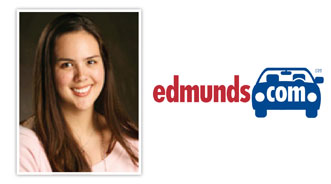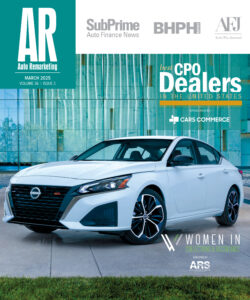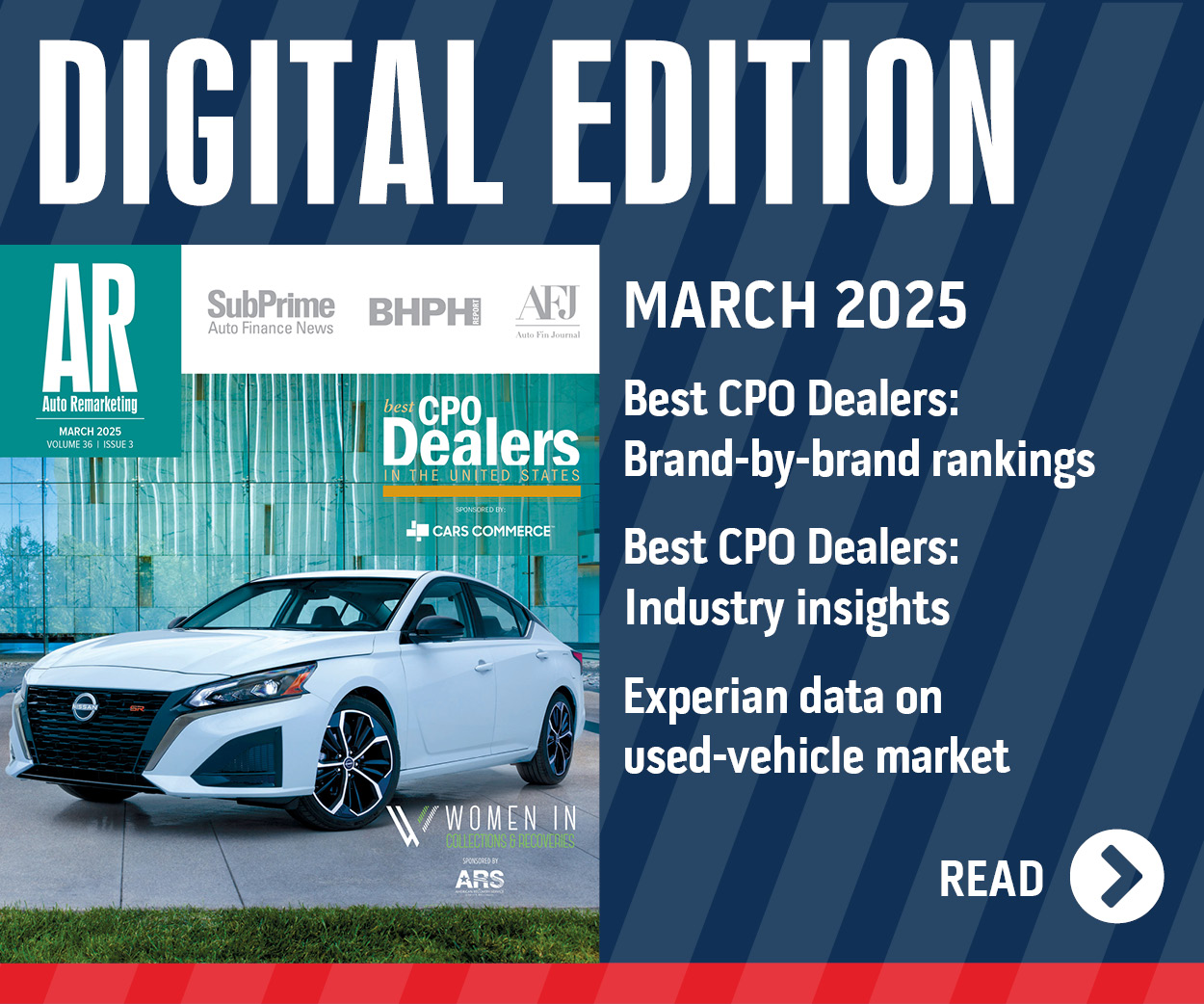Edmunds: Surge of Small-Vehicle Sales Reduces Average Incentive Spending

In nine years since Edmunds.com analysts started to track average incentive amounts, never have they seen a dramatic drop like this.
Edmunds.com estimated that the average automaker incentive in the U.S. was $2,346 per new vehicle sold in March. That figure is down $469 — or 16.7 percent — from March of last year and down $220 — or 8.6 percent — from February.
“These latest numbers show by far the biggest February-to-March incentives decline since Edmunds.com started tracking in 2002,” said Ivan Drury, one of the analysts at Edmunds.com.
“The decline is mostly likely a result of a 26 percent month-over-month sales jump in subcompact and compact cars which typically have a much lower level of incentives compared to large trucks and SUVs,” Drury surmised.
According to Edmunds.com, combined incentives spending for domestic manufacturers averaged $3,043 per vehicle sold in March, down from $3,353 in February.
From February to March, the site determined European automakers increased incentives spending by $208 to $1,937 per vehicle sold.
Like the domestics, analysts discovered both Japanese and Korean OEMs decreased incentives spending. For Japanese companies, the spending dipped by $106 to $1,938 per vehicle sold. For Korean automakers, the spending ticked down by $132 to $1,201 per vehicle sold.
For March, Edmunds.com estimated the industry’s aggregate incentive spending to be approximately $2.9 billion, up 14.4 percent from February. The site calculated Chrysler, Ford and General Motors spent an aggregate of $1.6 billion, or 55.4 percent of the total.
Analysts added Japanese automakers spent $966 million, or 33.1 percent, while European manufacturers spent $210 million, or 7.2 percent, and Korean OEMs spent $125 million, or 4.3 percent.
“The hefty — and costly — incentives from GM in the first two months of the year fell back to Earth in March, and that translated to lackluster retail sales,” stated Edmunds.com director of industry analysis Jessica Caldwell.
“The industry will be carefully watching GM’s performance this month to see if March was an aberration or the start of a downward trend,” Caldwell continued.
Among vehicle segments, Edmunds.com determined large cars had the highest average incentives at $4,619 per vehicle sold, followed by premium luxury cars at $3,875.
The site insisted subcompact cars had the lowest average incentives per unit sold at $1,055 followed by sport cars at $1,567.
Edmunds.com’s analysis of incentive expenditures as a percentage of average sticker price for each segment showed large cars averaged the highest at 14.6 percent, followed by large trucks at 9.7 percent of sticker price. Premium sport cars averaged the lowest with 3.3 percent and luxury SUVs followed with 3.7 percent of sticker price.
Comparing all brands, analysts said smart spent the least in March at $453 per vehicle sold, followed by Subaru at $532.
At the other end of the spectrum, they determined Saab spent the most ($6,238) followed by Lincoln at $4,468 per vehicle sold.
Relative to their vehicle prices, Edmunds.com asserted Saab and Chrysler spent the most at 15.9 percent and 12.6 percent of sticker price, respectively. The site noticed Porsche, meanwhile, spent the least at 1.2 percent, followed by Subaru at 2.0 percent.
Edmunds.com reiterated that its monthly True Cost of Incentives Report takes into account all automakers’ various U.S. incentives programs, including subvented interest rates and lease programs as well as cash rebates to consumers and dealers.
“To ensure the greatest possible accuracy, Edmunds.com bases its calculations on sales volume, including the mix of vehicle makes and models for each month, as well as on the proportion of vehicles for which each type of incentive was used,” analysts stated.
Normal
0
false
false
false
EN-US
X-NONE
X-NONE
MicrosoftInternetExplorer4
/* Style Definitions */
table.MsoNormalTable
{mso-style-name:”Table Normal”;
mso-tstyle-rowband-size:0;
mso-tstyle-colband-size:0;
mso-style-noshow:yes;
mso-style-priority:99;
mso-style-qformat:yes;
mso-style-parent:””;
mso-padding-alt:0in 5.4pt 0in 5.4pt;
mso-para-margin:0in;
mso-para-margin-bottom:.0001pt;
mso-pagination:widow-orphan;
font-size:11.0pt;
font-family:”Calibri”,”sans-serif”;
mso-ascii-font-family:Calibri;
mso-ascii-theme-font:minor-latin;
mso-fareast-font-family:”Times New Roman”;
mso-fareast-theme-font:minor-fareast;
mso-hansi-font-family:Calibri;
mso-hansi-theme-font:minor-latin;
mso-bidi-font-family:”Times New Roman”;
mso-bidi-theme-font:minor-bidi;}
|
True Cost of Incentives for the Top Six Automakers |
|||
|
Automaker |
March 2011 |
February 2011 |
March 2010 |
|
Chrysler Group (Chrysler, Dodge, Fiat, Jeep) |
$2,985 |
$3,191 |
$3,300 |
|
Ford (Ford, Lincoln) |
$2,913 |
$2,778 |
$3,350 |
|
General Motors (Buick, Cadillac, Chevrolet, |
$3,202 |
$3,845 |
|
|
Honda (Acura, Honda) |
$1,729 |
$1,504 |
$1,787* |
|
Nissan (Infiniti, Nissan) |
$2,371 |
$2,797 |
$2,389 |
|
Toyota (Lexus, Scion, Toyota) |
$2,016 |
$2,112 |
$2,773* |
|
Industry Average |
$2,346 |
$2,566 |
$2,815 |
*Denotes a record

 View The Latest Edition
View The Latest Edition

